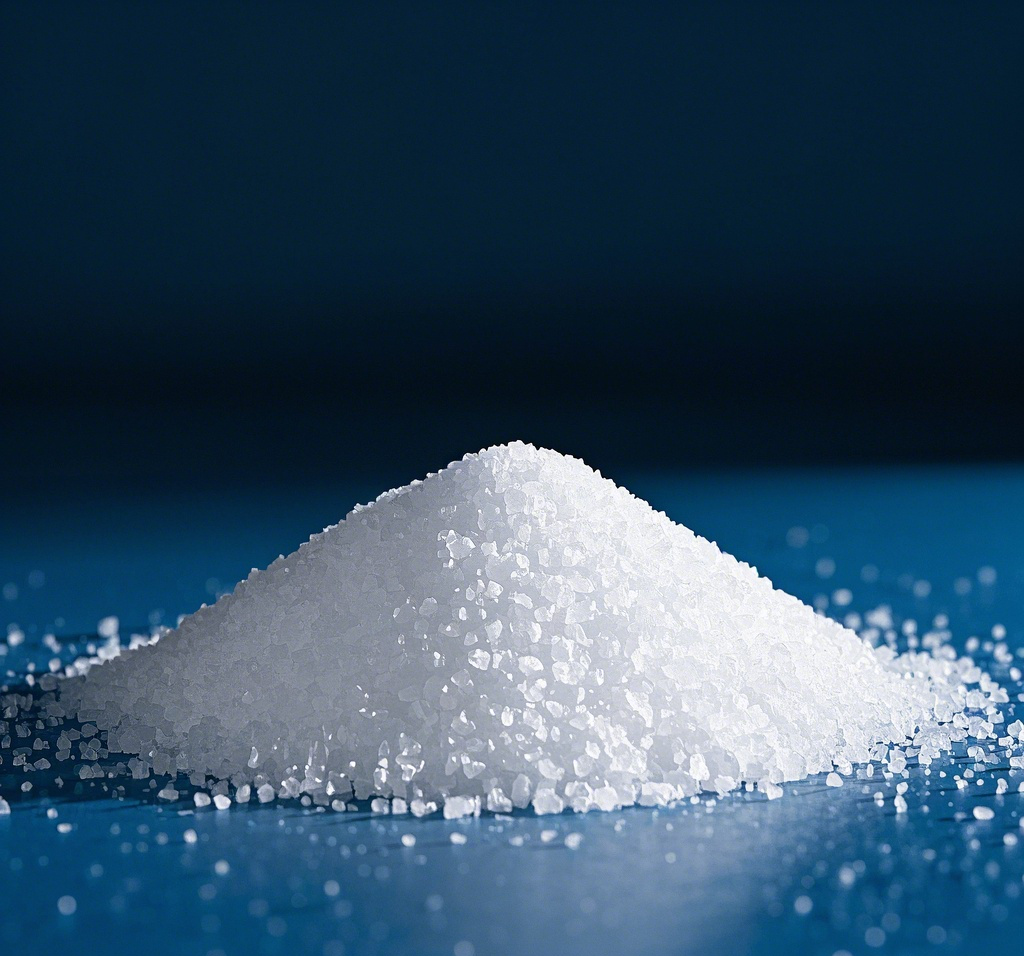A Comprehensive Guide for Home Cooks
Salt, a kitchen staple for centuries, has long been celebrated for its ability to enhance flavors and preserve food. But in recent years, concerns about its health impacts have sparked debate. As a home cook, understanding the role of salt in your diet is crucial for balancing taste and nutrition. In this article, we explore whether salt is healthy, how it affects your body, and practical tips for using it mindfully in your recipes.
Salt, or sodium chloride, is a vital electrolyte that supports several bodily functions. Sodium, the primary component of salt, helps regulate fluid balance, transmit nerve impulses, and contract muscles. Without adequate sodium, your body may experience fatigue, dizziness, or muscle cramps. For active individuals or those sweating excessively, sodium replenishment is particularly important to prevent dehydration.
However, the key here is moderation. While sodium is essential, excessive intake can lead to health risks. The World Health Organization (WHO) recommends limiting sodium intake to less than 2,000 mg per day (equivalent to about 5 grams of salt), yet many diets exceed this due to processed foods and restaurant meals.
High sodium intake is strongly linked to hypertension (high blood pressure), a leading risk factor for heart disease and stroke. When sodium levels rise, the body retains water to dilute it, increasing blood volume and putting strain on arteries. Over time, this can damage blood vessels and contribute to cardiovascular issues.
Other potential health concerns include:
- Kidney problems: The kidneys filter sodium from the blood. Excess sodium may impair kidney function, especially in individuals with preexisting conditions.
- Osteoporosis: High sodium intake can lead to calcium loss through urine, weakening bones over time.
- Stomach cancer: Some studies suggest a correlation between salty diets and an increased risk of gastric cancer, particularly when combined with Helicobacter pylori infections.
As a home cook, you have control over the salt in your meals. Here’s how to enjoy its benefits without compromising health:
-
Prioritize Fresh Ingredients:
Fresh vegetables, meats, and herbs naturally enhance flavor, reducing the need for excessive salt. Experiment with garlic,
lemon zest, ginger, or rosemary to add depth to dishes.
-
Read Labels:
Processed foods like canned soups, sauces, and deli meats are often high in sodium. Check nutrition labels for “low-sodium” or “no-added-salt” options.
-
Use Salt Strategically:
Add salt toward the end of cooking to maximize flavor perception. For example, sprinkle flaky sea salt on roasted vegetables or grilled meats just before serving.
-
Embrace Low-Sodium Alternatives:
Swap traditional soy sauce for low-sodium versions, or try flavor enhancers like miso paste, nutritional yeast, or balsamic vinegar.
-
Gradually Reduce Sodium:
Over time, your taste buds will adapt to less salt. Start by cutting back by 25% and adjust recipes accordingly.
Not all salts are created equal. While most table salts contain similar sodium levels, some varieties offer additional minerals or texture:
- Sea Salt: Contains trace minerals like magnesium and potassium, though in negligible amounts. Its coarser texture makes it ideal for finishing dishes.
- Pink Himalayan Salt: Often marketed as “healthier,” it contains small amounts of iron and other minerals but is nutritionally comparable to regular salt.
- Kosher Salt: Coarser grains allow for better control when seasoning meats or baking.
Remember, the key is not the type of salt but the amount you use.
For home cooks, the goal isn’t to eliminate salt entirely but to use it thoughtfully. Here are some recipe hacks to maintain taste while reducing sodium:
- Boost Umami: Incorporate ingredients like mushrooms, tomatoes, or Parmesan cheese to enhance savory flavors.
- Use Acid: A squeeze of citrus, vinegar, or yogurt can brighten dishes without salt.
- Marinate Smartly: Rub meats with herbs and spices instead of relying solely on salt for seasoning.
So, is salt healthy? Yes—when consumed in moderation. Its role in flavor and bodily function makes it irreplaceable, but excess intake poses significant risks. As a home cook, your ability to control sodium levels in meals is a powerful tool for promoting health. By focusing on whole foods, experimenting with herbs, and reading labels, you can create delicious, balanced dishes that nourish both your taste buds and your body.
Final Tip: Keep a small salt grinder on your counter for easy, precise seasoning. Every pinch counts!

